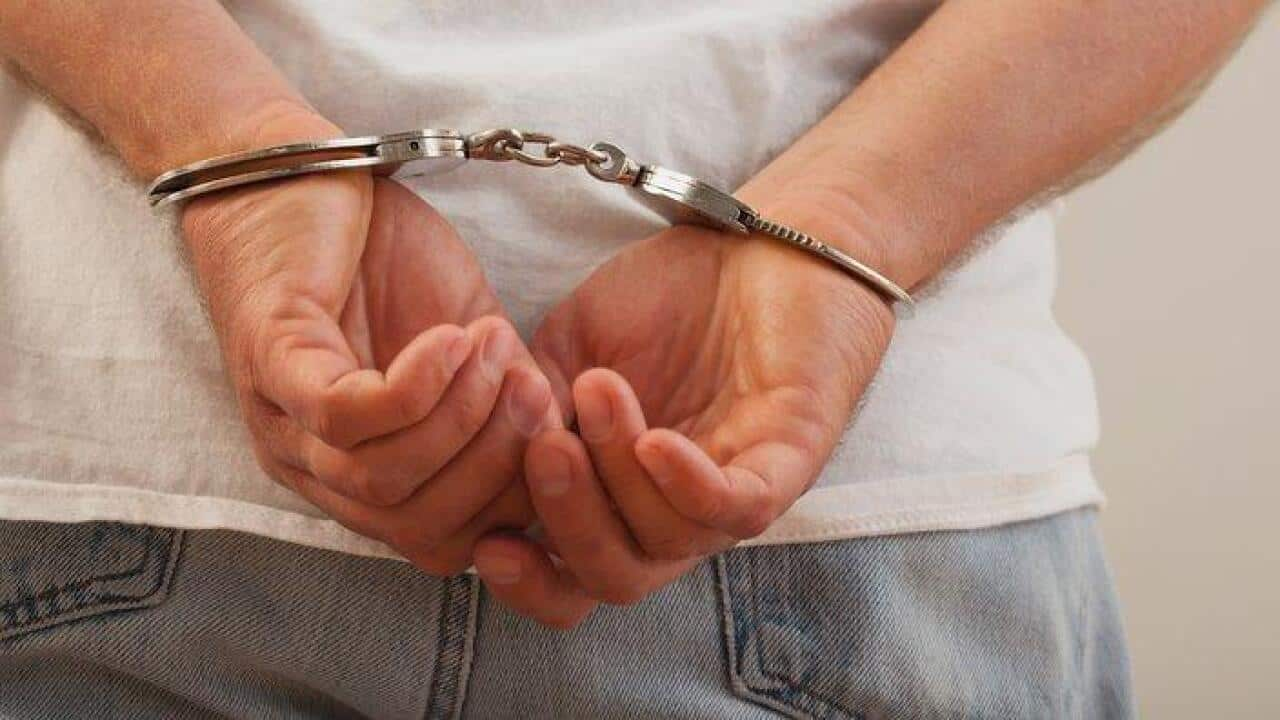Key Points
- Asylum seekers are being given the choice of being handcuffed on their way to medical appointments or missing out on healthcare.
- An Australian rights group is calling for the United Nations to look into it.
On his way to see a doctor, Yasir* says he would be routinely handcuffed while he was in immigration detention.
The experience was traumatic for the asylum seeker, who has a history of mental health issues and has now spent nine years in detention.
“I would feel terrible. I would start shaking and sometimes vomit or have seizures and injure myself," Yasir said in a statement.
"I missed many medical appointments because the guards said they won’t take me unless I am handcuffed.
“The doctors would ask: ‘Why did you refuse to go to the appointment’ and I would say ‘I didn’t refuse the appointment, I refused the handcuffs’.”
Other asylum seekers the use of restraints during medical transfers as making them feel "like a criminal".
It is not illegal to seek asylum in Australia, but people who arrive without a valid visa are held in immigration detention.
Yasir is the lead plaintiff in a Federal Court case against the practice of handcuffing of asylum seekers before medical appointments and has been given the pseudonym Yasir.
The case was first lodged in 2020 with Yasir as the client of the Public Interest Advocacy Centre (PIAC).
PIAC principal solicitor Camilla Pandolfini says the practice of handcuffing is “unacceptable” because many asylum seekers had a history of trauma and torture.
“Asylum seekers in immigration detention are in an impossible position – they must either accept the harm and distress from being handcuffed in circumstances where it’s unjustified or lose their access to healthcare,” she said in a statement.
PIAC says it believes there’s an “ongoing failure” by the Commonwealth government to consider and balance any risks posed by people held in immigration detention against these damaging impacts.
That’s why it’s moved its complaint to a United Nations Subcommittee on Prevention of Torture, ahead of its forthcoming visit to Australia next month.
The torture body has announced it will inspect “places of deprivation of liberty and torture prevention measures in Australia” and other countries.
“It shouldn’t take an action in the Federal Court to ensure people have access to basic essential treatment without the trauma and indignity of being handcuffed to receive it.”
Why are asylum seekers being handcuffed?
The Australian Border Force has a manual on detention services in which it directs how asylum seekers should be treated.
The manual, in its 2018 version, says use of force or restraints may be used to prevent asylum seekers from injuring themselves or others, escaping their detention or destroying property.
But it also says handcuffs can only be used for "the shortest amount of time possible" and that the use of force or restraints should only be used "as a last resort" and must ensure a person's dignity.
Concerns have been raised by not just refugee advocates but major bodies about the extent of their use.
In a 2019 report, the Australian Human Rights Commission flagged one case in which handcuffs were applied to a detainee who had a significant wrist wound, for almost nine hours while he was transferred to another detention centre.
"There are no records requesting approval for the use of handcuffs which explain why it was considered necessary to handcuff him and no records containing an approval for the use of handcuffs," the report said.
In an another case, an asylum seeker was handcuffed for a medical appointment in what the Commission said was "not reasonable" in the circumstances or proportionate to the risk, adding there were no documents about why it was appropriate to restrain the man given the medical risk he faced if treatment was not provided.
What does the government say?
The Department of Home Affairs said it may approve the use of restraints to transfer detainees, if risk assessments indicate the need for restraints is appropriate and proportionate.
"Each request is considered on a case-by-case basis following a risk assessment in consultation with health professionals and an assessment of whether the proposed actions are appropriate and proportionate to the relevant risk identified," it said in a statement to SBS News on Friday.
The use of restraints and any use of force must be reported and subject to internal and external departmental oversight processes.










